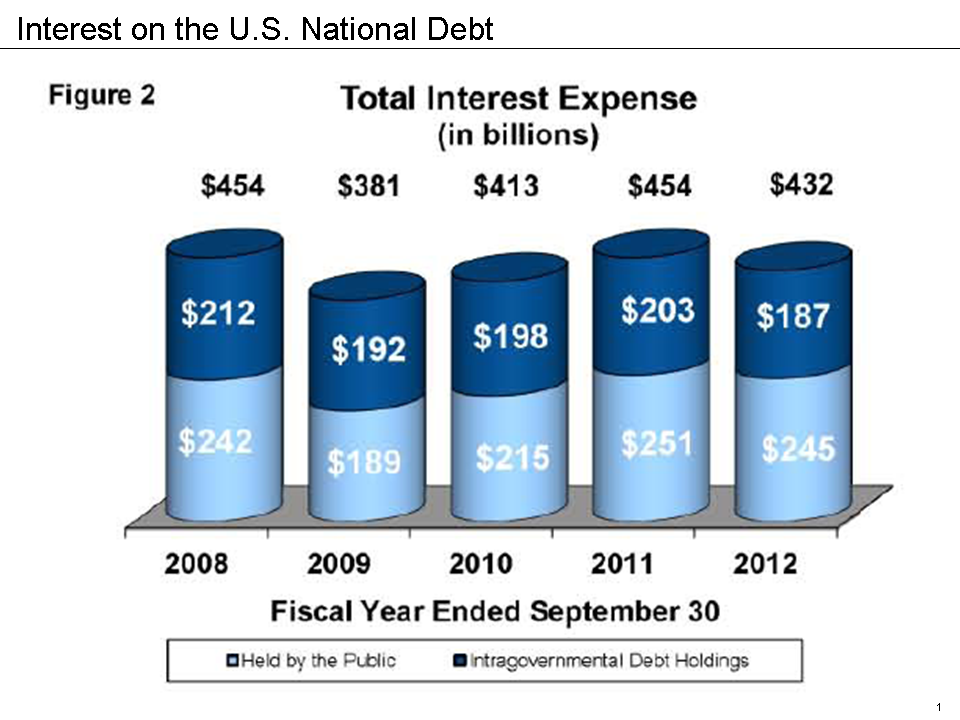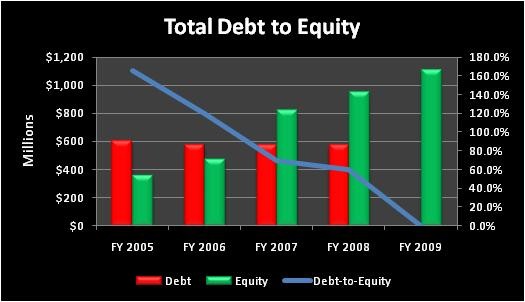Debt debate Now that it s over a good time to review your portfolio
Post on: 4 Апрель, 2015 No Comment

For risk-averse, it’s a good time review your portfolio
August 06, 2011 | By Eileen Ambrose, The Baltimore Sun
Think about how you have been feeling about your portfolio lately.
Or were you so afraid of losing money that you couldn’t sleep and were tempted to or actually did move your money out of the markets to wait out the political impasse? And then, when stocks plummeted, your blood pressure soared?
If you fall in the latter category, take this as a sign that your portfolio might not be the right fit for you. And use this time to devise an investment strategy that you can live with without popping Tums.
If you were one of those who felt the need to bail, your mind is telling you something and you need to heed it, says Mari Adam, a Florida financial planner. You don’t have the temperament to be in the market at all, or you can be in a little bit but less than you are.
How much risk you can tolerate is key to what your long-term investment portfolio should look like. But this is often difficult for us to gauge, especially when the stock market has been performing well for a lengthy period. We get lulled into thinking things will stay the same, and grow more confident in our ability to handle ups and downs.
It is only when markets act up plunge and languish for months on end that our true stomach for risk is revealed.
If there’s one silver lining to the market volatility of the last two weeks, it’s that it gives us a peek at our real appetite for risk.
Financial advisers reported an increase in calls recently from clients asking if they should sell investments and move into cash.
Investors want to feel like they are doing something in defense of what could have happened, says Karin Risi, a principal with Vanguard’s Retail Investor Group.
But Risi and other advisers say that most clients, after talking it out, decided not to make any changes.
Not everyone had that fortitude, however.
Adam says a client in her early 60s sold $115,000 in stocks and bonds against the Florida planner’s advice as the debt-ceiling debate heated up. Then, after politicians reached a deal, she wanted to jump back in just in time to watch stocks suffer their worst one-day plunge since 2008, and the Dow Jones industrial average fall 5.75 percent for the week.
That’s always the problem. Once you pull out of stocks, it’s difficult to know when to jump back in.
The lion’s share of rebounds can occur in a matter of days or weeksnot months, Risi says. Those who bailed out after stocks crashed in late 2008, she says, missed a great deal of the rebound. They weren’t sure when to get back in.

Here are things to consider in determining whether your portfolio is a good fit for you:
What are your goals? Is this money for retirement decades away? Or will you need to tap the funds for a down payment on a house in a year or so?
If it is for short-term purposes within the next year or up to five years that money shouldn’t bounce around a whole lot, says Christopher P. Parr, a Columbia financial planner. You need to have it protected.
Instead of the stock market, money to be used within five years should be in a savings account, money market fund, certificate of deposit or, if you have a few years to invest, a short-term bond fund. Sure, you won’t be happy with the piddling earnings, but that’s not the point.
It’s not about making money, Parr says. It’s making sure it’s there to meet goals.
Asset allocation For longer-term goals, you will need to decide the mix of stocks, bonds and cash in your portfolio. This asset allocation will depend on how much time you have to invest and your ability to handle risk.
Generally, the more years you have to invest, the more you can sock away in stocks, which tend to be more volatile but offer the prospect of higher returns.
As a starting point, some financial advisers suggest subtracting your age from 100 or 120 to figure how much you should hold in equities. A portfolio for a 60-year-old, for instance, would contain 40 percent to 60 percent in stocks, with the rest in bonds and cash. A 25-year-old, though, might maintain 75 percent to 95 percent in stocks.
Or, if you want to know what the professional money managers think is ideal, look at the asset allocation of target-date funds for your age. These funds invest based on the expected date of retirement. They gradually grow more conservative as the retirement date approaches.
Vanguard’s Target Retirement 2015 fund geared for investors age 59 to 63 is made up of 59 percent stocks and 41 percent bonds.














